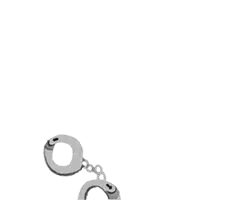Part 2Conduct towards animals
Inspection of traps
36Obligations relating to traps
A person who, for the purpose of capturing alive a mammal, bird, reptile, or amphibian, sets a trap or causes a trap to be set must—
- manually inspect that trap, or cause a competent person to manually inspect that trap, within 12 hours after sunrise on each day the trap remains set, beginning on the day immediately after the day on which the trap is set; or
- manually inspect that trap, or cause a competent person to manually inspect that trap, within 24 hours after the capture of an animal in the trap, but this paragraph applies only if—
- the person monitors the trap with an electronic monitoring system (such as a system of capture sensors and a wireless communication network) that is maintained by the person and that is reliable; and
- the monitoring system operates in such a way that it promptly communicates the fact that an animal has been captured in the trap and enables the person to meet the person’s obligations under subsection (2) within that 24-hour period.
- the person monitors the trap with an electronic monitoring system (such as a system of capture sensors and a wireless communication network) that is maintained by the person and that is reliable; and
A person who, for the purpose of capturing alive a mammal, bird, reptile, or amphibian, sets a trap or causes a trap to be set must—
- remove, or cause to be removed, any live animal found in that trap; or
- attend properly to the care of the animal or, without delay, kill the animal.
A person who, without reasonable excuse, fails to comply with subsection (1) commits an infringement offence.
A person who, without reasonable excuse, fails to comply with subsection (2) commits an offence and is liable on conviction,—
- in the case of an individual, to a fine not exceeding $5,000; or
- in the case of a body corporate, to a fine not exceeding $25,000.
Notes
- Section 36: replaced, on , by section 21 of the Animal Welfare Amendment Act (No 2) 2015 (2015 No 49).
- Section 36(1): replaced, on , by section 4 of the Statutes Amendment Act 2018 (2018 No 27).


